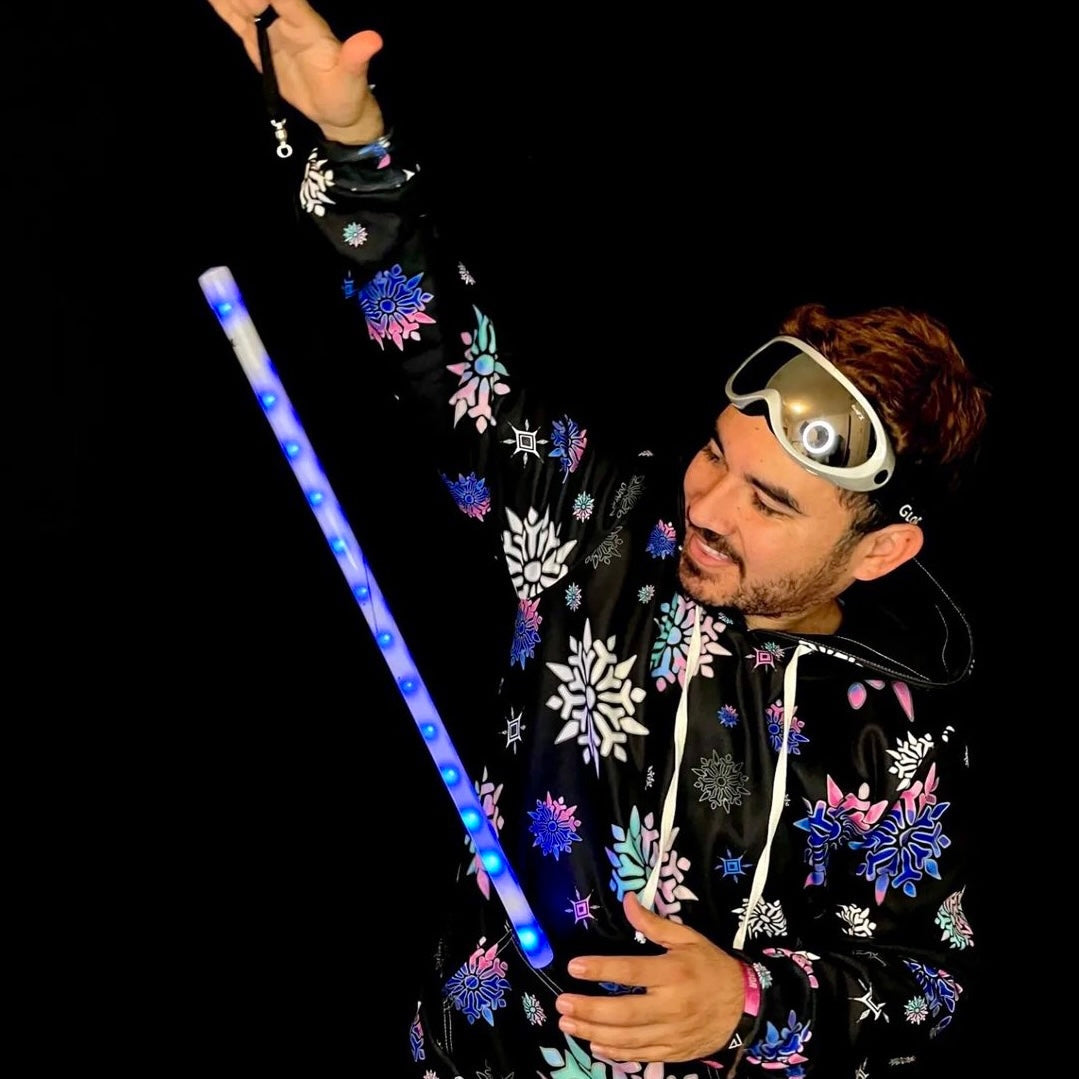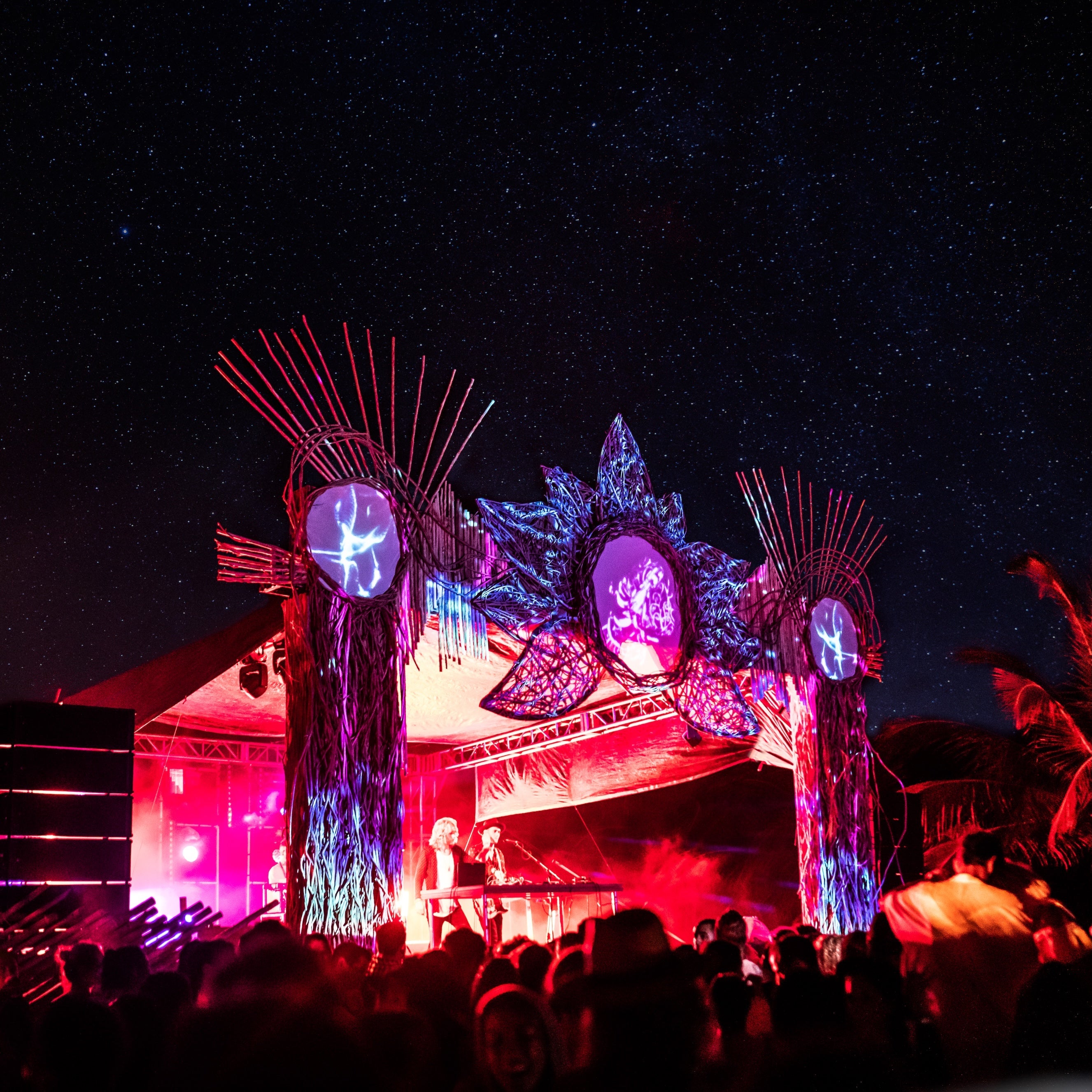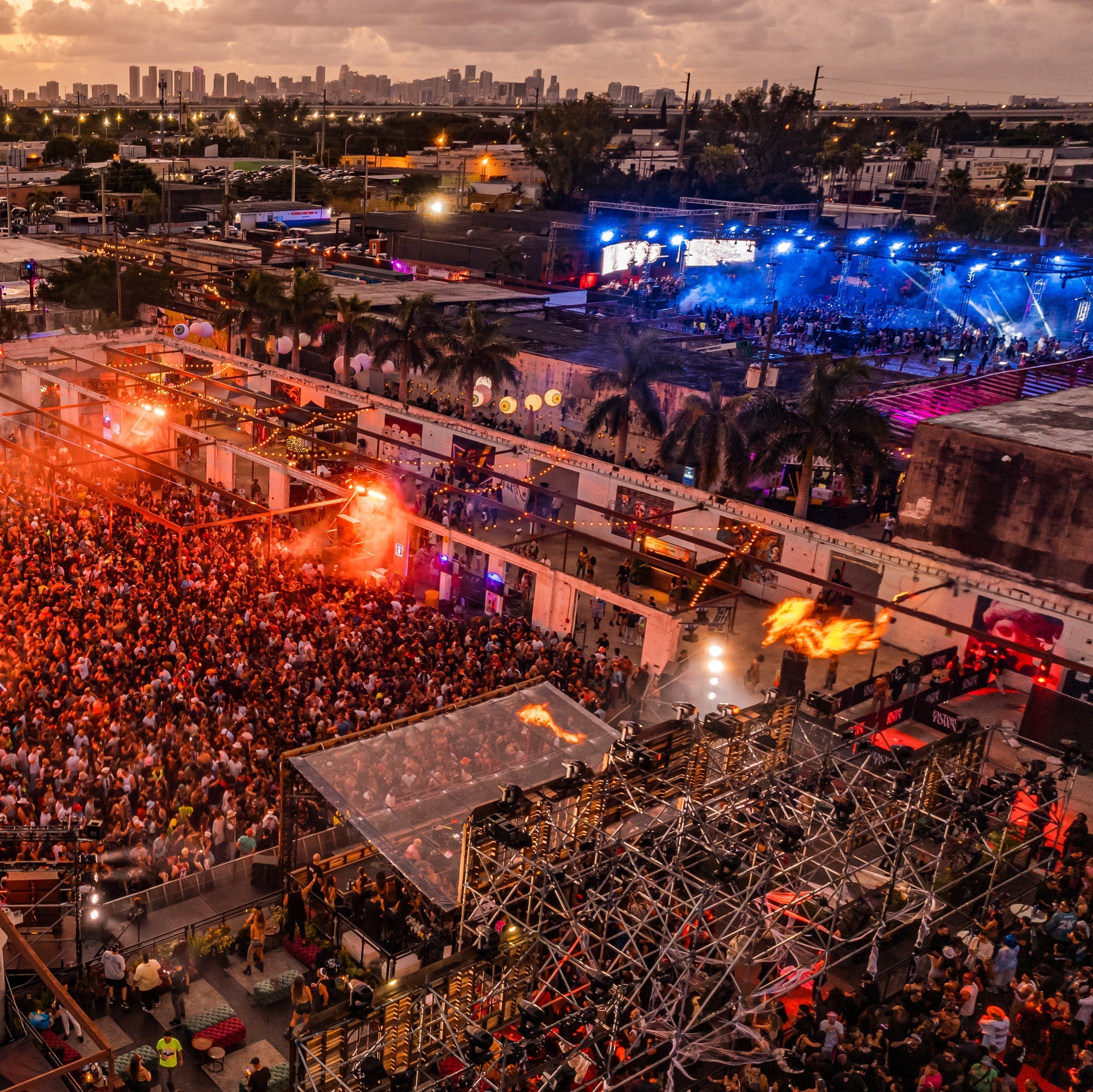Let's Put Away The Headdresses And Stop Cultural Appropriation With Our Rave Outfits
Festival Season is an amazing time of year, and with the huge festivals like Electric Forest, EDC Las Vegas and Hard Summer on the horizon, there’s a lot to be excited about.
Festival goers have a wide variety of looks that they can achieve by mixing and matching various tops, bottoms, and accessories into creative outfits. Ravers have a lot of options when it comes to dressing up. From crop tops to fluffies, from kandi to hoodies, from glow accessories to rad looking eyewear, the sheer number of possibilities are endless.
I have always maintained that the out-of-this-world outfits that ravers curate are methods of self-expression. And they are. And while I encourage creativity in the EDM scene, there is one caveat when it comes to rave outfits.
Remember PLUR? The raver mantra of Peace, Love, Unity and Respect is oft repeated at festivals across the globe, but PLUR doesn’t exist just in how we dance and talk to others. PLUR is also relevant when it comes to the clothes we put on our backs.

We violate PLUR when we wear outfits that perpetuate cultural appropriation.
Folks might ask what cultural appropriation really is. It’s a term that we hear quite a bit nowadays, but to clarify, Susan Sacifidi of the Fashion Institute at Fordham University describes cultural appropriation as “taking intellectual property, traditional knowledge, cultural expressions, or artifacts from someone else’s culture without permission.” Translation: using someone else’s culture as a “costume” is not only in bad taste but a violation of PLUR.
I’ve been to festivals where I see people wearing Native American headdresses (probably the most common offender), bindis as costume makeup, and dashikis simply because they are colorful and cool in hot temperatures. Headdresses, bindis, and dashikis are not the only casualties in culturally appropriative outfits, but they are among the most common, especially at raves.

Native American headdresses with eagle feathers are symbols of honor and respect, they are not a fashion accessory but a stamp of pride that must be earned. These headdresses are traditionally worn by male chiefs during sacred ceremonies.
Bindis are not just something pretty to stick on your forehead. In South Asian culture, the bindi is a representation of the third eye and spiritual wisdom. It is worn as a religious and spiritual symbol, and wearing one as a purely cosmetic addition to your outfit strips the bindi of its meaning and symbolism in one fell swoop.
Dashikis are a colorful and loose African garment that has gained popularity in the EDM scene due to its color, fit and comfortable nature. However, Dashikis are not a costume, they are a symbol of Black pride and resilience, a symbol of affirmation. In the 1960’s they were worn during Black cultural and political struggles.

Using someone else’s culture as a costume is insulting and incredibly ignorant. There is a great deal of cultural, spiritual and traditional meaning attached to regalia, and demeaning an entire for the sake of Instagram likes is not only dehumanizing but racist. Another fact that is not to be ignored is that the regalia being used as a “costume” originates from a marginalized group of people who are already facing cultural and traditional erasure.
Utilizing someone else’s culture as a costume gimmick is in terrible taste and at the end of the day despite your intentions, you will be perpetuating racism, stereotyping, and cultural erasure. We need to stop, and be aware.
At the end of the day, no one will stand in your bedroom while you get ready for a rave and tell you that your outfit is offensive. If you have any doubts, just don’t wear it.
Raves are a place where we celebrate PLUR, and the R for respect is so important and is not represented merely in what we say and do, but what we wear.









![[INTERVIEW] WonkyWilla On His Meteoric Rise, Hulaween Set & Wonksgiving](http://iedm.com/cdn/shop/articles/D95184DC-0F53-44C5-A440-833DDD0F4BC1_1_201_a_4511e938-7a1a-47b2-be35-8b138f0bc91a_800x.jpg?v=1766179039)







